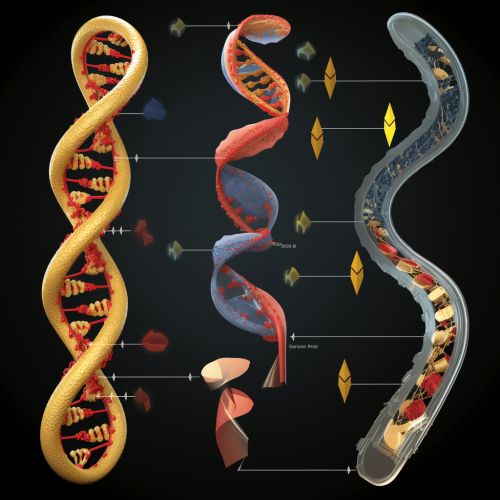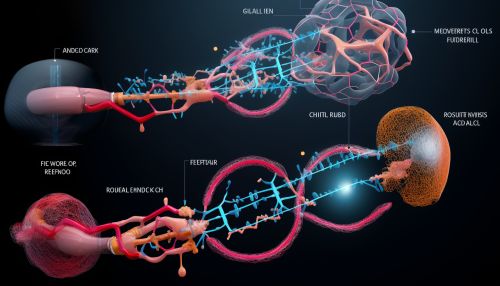Biochemistry of DNA Replication and Repair Mechanisms
Introduction
DNA replication is a fundamental biological process that occurs in all living organisms to copy their DNA. This process is "semiconservative" in nature, meaning that each strand in the DNA double helix acts as a template for the synthesis of a new, complementary strand. DNA replication is the basis for biological inheritance in all life forms.
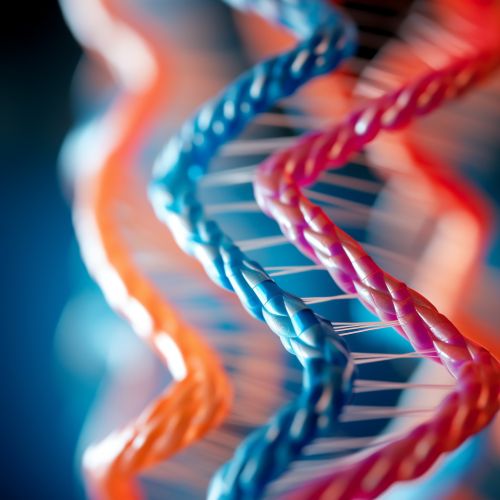
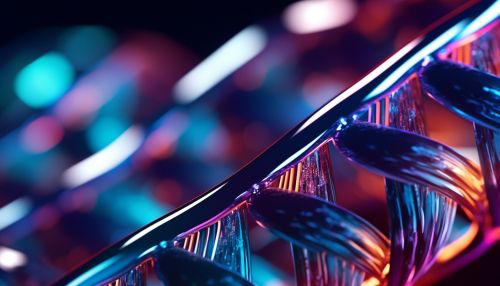
Biochemistry of DNA Replication
DNA replication is a complex process involving several biochemical steps. The process begins with the unwinding of the double helix to expose the DNA bases in each strand of the DNA molecule. This unwinding is done by an enzyme called DNA helicase.
Once the DNA strands are separated, another enzyme, DNA polymerase, begins the synthesis of new DNA strands. DNA polymerase adds new free nucleotides to the exposed bases of the original DNA strand. The sequence of these nucleotides determines the genetic code, as they form genes that encode for proteins.
DNA polymerase can only add nucleotides in one direction, from 5' to 3'. This means that one new strand, the leading strand, is synthesized continuously, while the other, the lagging strand, is synthesized in fragments, known as Okazaki fragments. These fragments are later joined together by the enzyme DNA ligase to form a complete DNA strand.
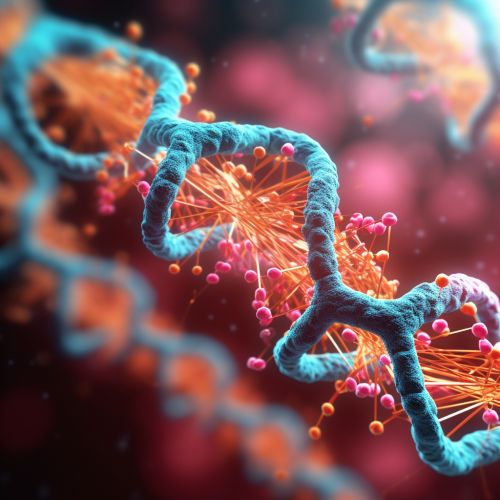
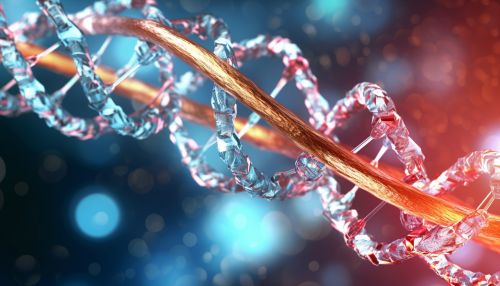
DNA Replication Mechanisms
There are three main mechanisms of DNA replication: semiconservative, conservative, and dispersive.
Semiconservative Replication
In semiconservative replication, the two strands of the original DNA molecule separate, and each serves as a template for the synthesis of a new, complementary strand. This results in two DNA molecules, each composed of one old and one new strand. This is the most common form of DNA replication and is the one that occurs in cells.
Conservative Replication
In conservative replication, the two strands of the original DNA molecule stay together, and a completely new DNA molecule is synthesized from two new strands. This form of replication is not common in nature.
Dispersive Replication
In dispersive replication, both strands of the original DNA molecule serve as templates, but the replication is not continuous along the entire length of the molecule. Instead, replication occurs in sections, resulting in DNA molecules with alternating segments of old and new DNA.
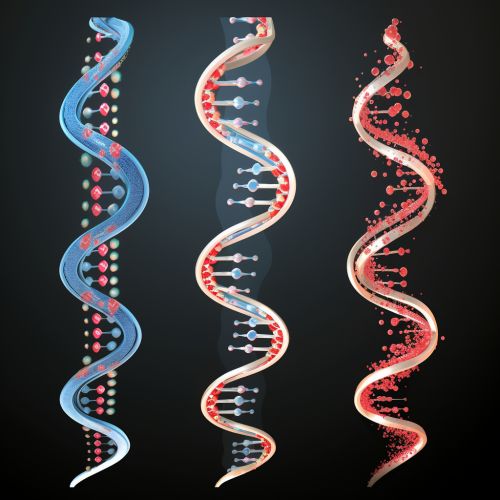
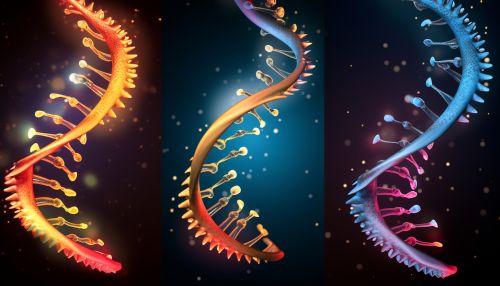
DNA Repair Mechanisms
DNA repair is a collection of processes by which a cell identifies and corrects damage to the DNA molecules that encode its genome. These mechanisms include direct repair, base excision repair, nucleotide excision repair, and mismatch repair.
Direct Repair
Direct repair is a mechanism that identifies and repairs damaged or mismatched bases without breaking the DNA backbone. This is done by specialized enzymes that can recognize and correct specific types of damage.
Base Excision Repair
Base excision repair (BER) is a mechanism that identifies and repairs small, non-helix-distorting base lesions in the genome. This is done by removing the damaged base, cleaving the DNA backbone, and replacing the damaged nucleotide.
Nucleotide Excision Repair
Nucleotide excision repair (NER) is a mechanism that identifies and repairs bulky, helix-distorting lesions in the genome. This is done by removing a segment of the DNA strand containing the lesion and replacing it with new DNA.
Mismatch Repair
Mismatch repair (MMR) is a mechanism that identifies and repairs erroneous insertion, deletion, and mis-incorporation of bases that can arise during DNA replication and recombination, as well as repairing some forms of DNA damage.
